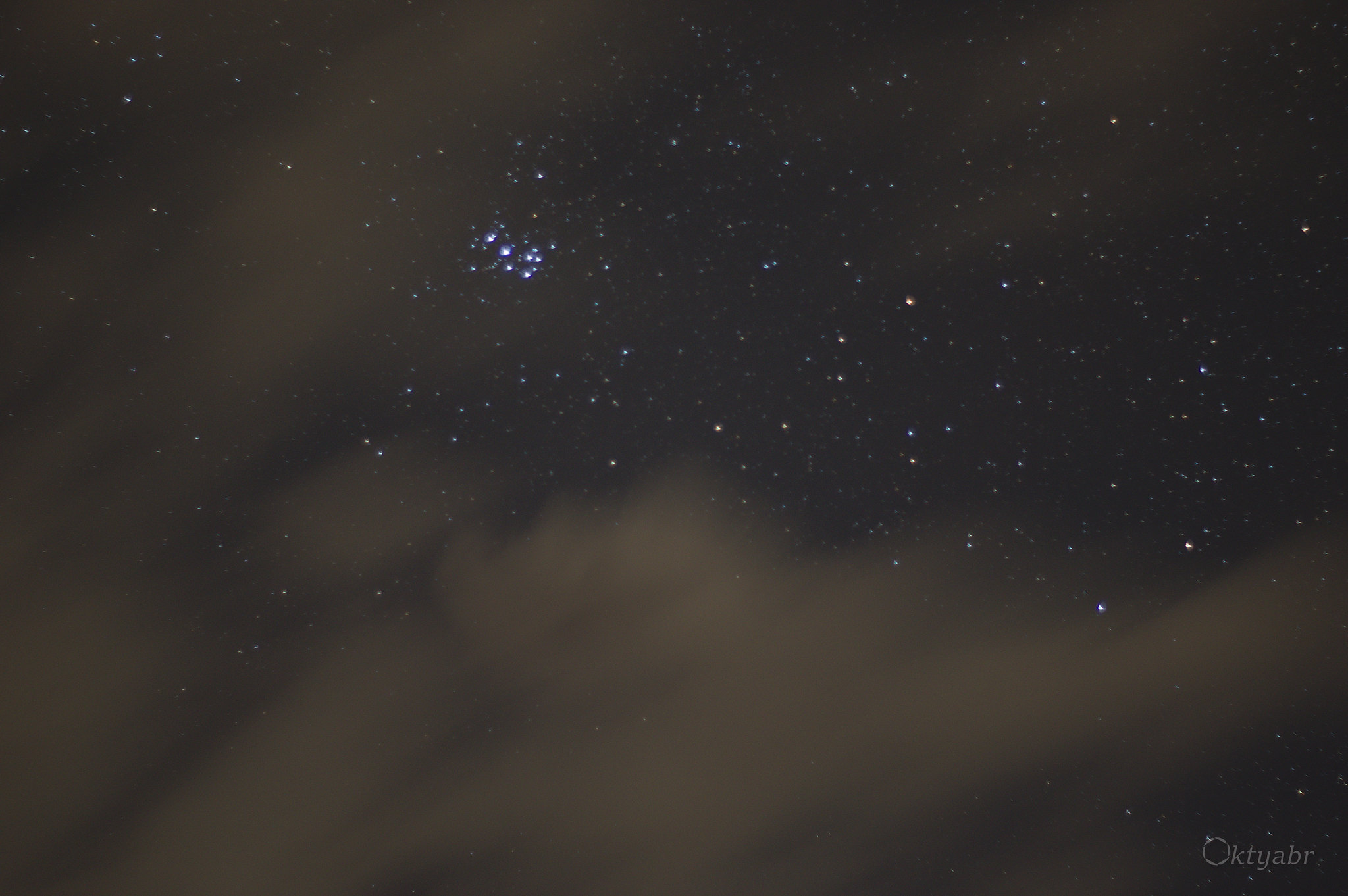 Originally posted by Oktyabr
Originally posted by Oktyabr 
This thread inspired me! I sold my K-70 and ended up with a lightly used K3ii. Tonight was supposed to be my first clear, moonless night to play with it but clouds snuck in under the radar and messed up most of my dreamed of shots. At least I can testify that the built in GPS/Astrotracer in the K3ii is worth the money. I shot a few at 60 seconds with my 100 2.8 WR Macro and one at 90 seconds with an old M50 1.7, with very little trailing in either example. What I am interested in is knowing what technique do I need to perfect to get the stars sharp and not just round blobs of light? I suspect it's a focus issue or is it just brighter stars blobbing out on longer exposures? If that's the case would I be better off stacking a bunch of shorter shots? Or is this just really bad coma and I need to stop it down some? I REALLY want to put my 55-300 PLM to work on Andromeda and the usual suspects in the Orion.
A few examples of my FIRST night out trying this, so please, don't giggle to loudly.

Pleiades peaking through the clouds for just a minute. 60 sec, 50mm, f/1.7, iso 400
Same 50mm f/1.7, 20 sec, iso 400
I wouldn't make fun of someone's first attempt, or any attempt. Everyone has to start somewhere and asking questions and for feedback is always a good thing.
More than likely it is a focus issue combined with the lenses being wide open. With my still limited experience I have found that lenses that in normal shooting are good lenses can show all their weaknesses with ease when doing astrophotography. I found this out with my Series 1 Vivitar 135mm f/2.3 which was a bit disheartning given how well that lens does under more normal conditions. Basically if you don't have a proper equatorial you will be stacking, and even if you do have an equatorial there are benefits to stacking.
I would say that for your exposure time your ISO is good enough but stop those lenses down 1 or 2 stops. I shoot my 300mm f/4 at f/5.6, ISO 400, and 20 seconds when going after M42 (the Orion nebula) and M45 (the Pleiades) from my backyard with a red intensifying filter (I've only been out twice since I got it because of weather but it gives some great improvements). For dimmer things like M31 (the Andromeda Galaxy) I will crank things up to ISO 1600 but I will probably shoot it at ISO 800 when I try again or even ISO 3200 for really dim things like M51 (the whirlpool galaxy). Basically for the dim things I am trying to get the object visible just above the noise floor on a test image while maintaining as much dynamic range as possible.
For your 55-300mm and 100mm macro I would suggest making a bahtinov mask for each of them, use that for focusing, and stop them down 1 if not 2 stops. For the 50mm focus using magnified live view without focus peaking, get the stars as small as possible and then stop it down to between f/4 and f/5.6 to paper over the coma and any missed focus. Focusing is best done on a really bright star, I like using Sirius, Rigel, or any of the other really bright stars that are super easy to find. However be careful to not use a planet as they don't provide good results, especially with a bahtinov mask.


 Similar Threads
Similar Threads 






 .
. . That's off my charts for now, I will keep with MW / foreground shots or planets for a while.
. That's off my charts for now, I will keep with MW / foreground shots or planets for a while.








 Post #1 by MossyRocks
Post #1 by MossyRocks








